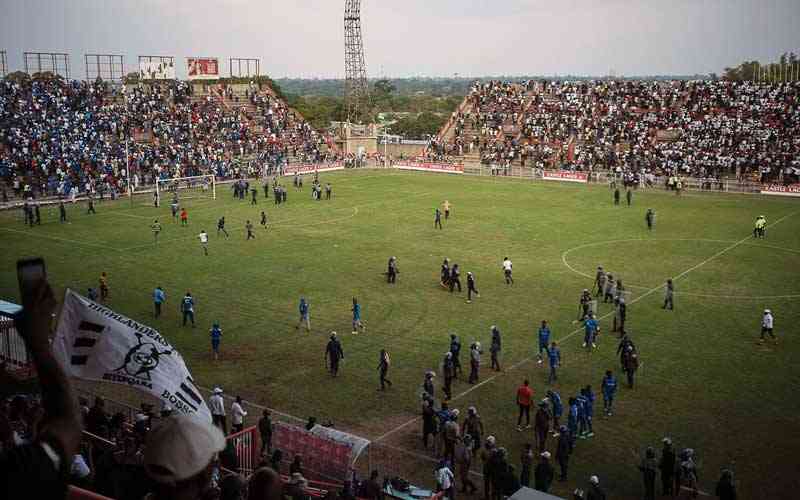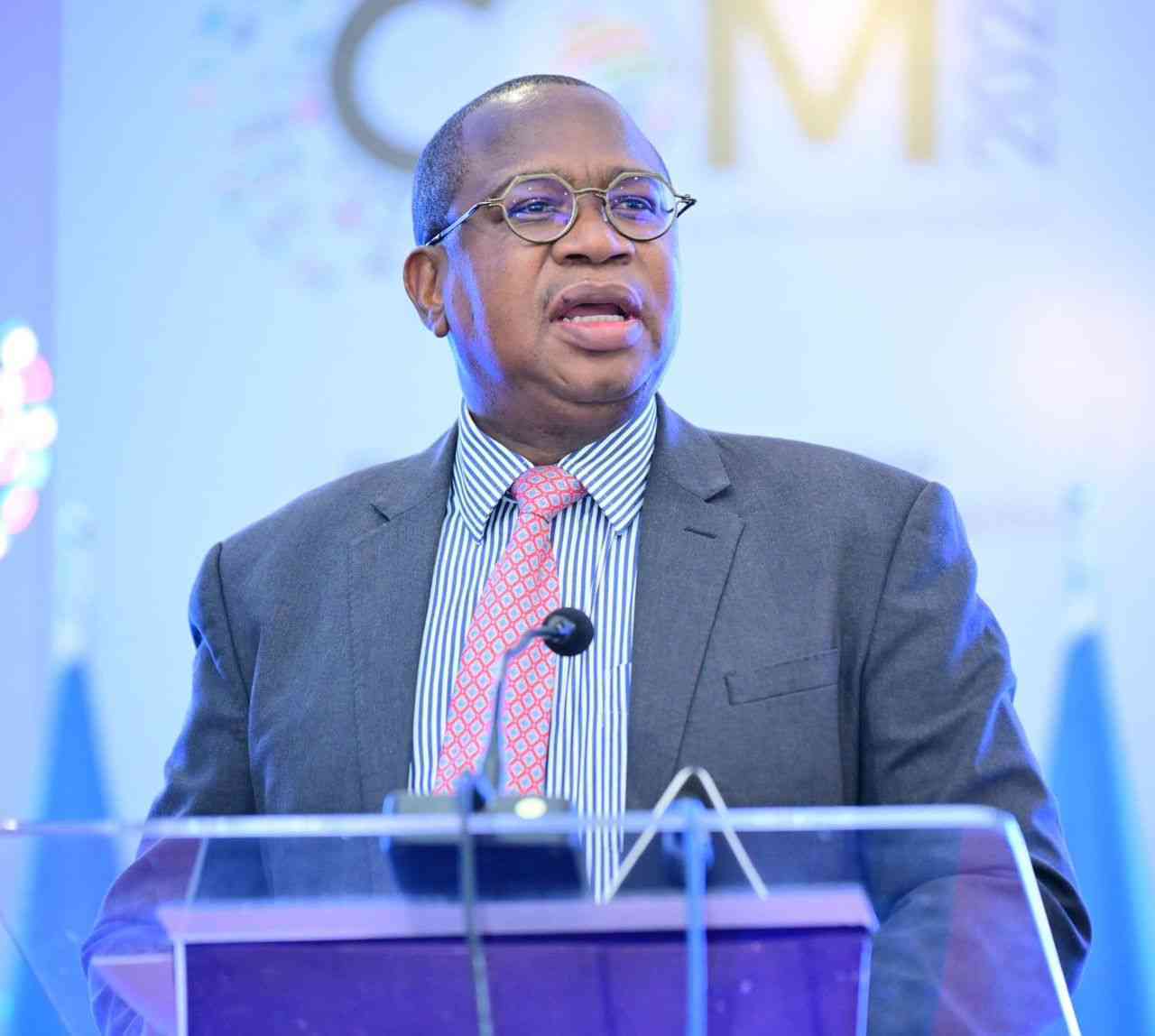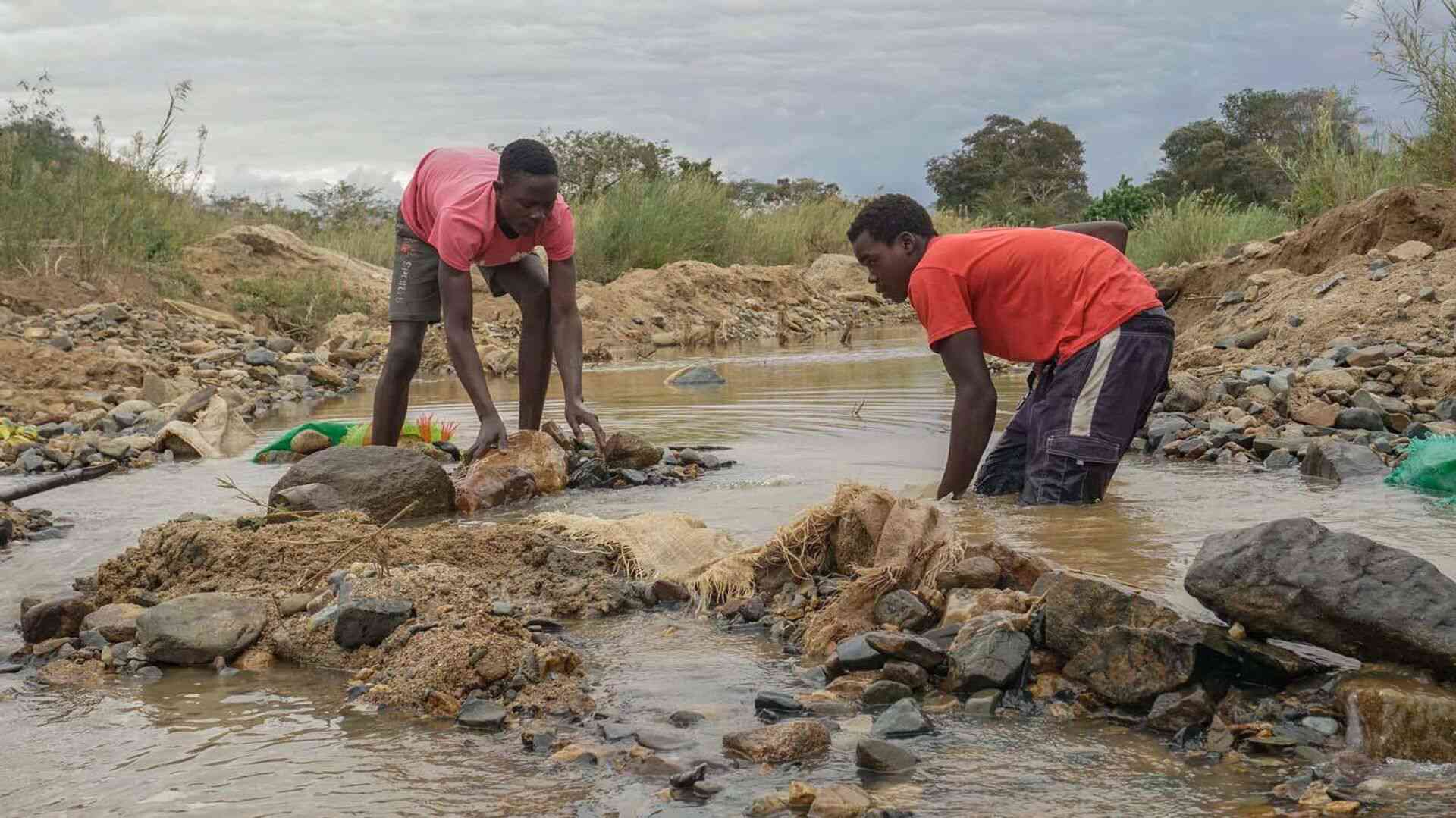
IT has been an eventful past week. Many events of national significance happened in quick succession, from the inauguration of President Emmerson Mnangagwa to the swearing-in of parliamentarians and councillors.
Rituals perpetually blighted by the dominance of colonial relics — bizarre wigs, hideous robes and stupid hats. But then, these artifacts, together with the oath recital, are strong symbols of power.
While the only extraordinary thing about them is their ridiculousness, the swearing-in ritual and spectators’ imagination carve them into instruments of power. I find William Shakespeare’s musings a good characterisation of the whole act: “And as imagination bodies forth, the forms of things unknown, the poet’s pen turns them to shapes and gives to airy nothing a local habitation and a name. Such tricks hath strong imagination!”
Anyway, I digress, dear reader. Let me get on with my musings for the week.
Regrettable violence
The heading of my instalment this week already betrays my intention. My focus is on another event of national significance, which took place over the past weekend.
I am referring to the football match between the Zimbabwe Premier Soccer League giants — Highlanders and Dynamos. Events of the weekend aside, the clash between these two titans is always a significant national event by any metric.
It is now common cause that the match was abandoned halfway through after Highlanders fans launched “missiles” and invaded the pitch.
- Big send-off for Cont Mhlanga
- Inside sport: The right way to do it
- Panashe Mutasa comes of age at Tenax FC
- Dynamos back to winning ways
Keep Reading
This was in protest of the referee’s decision to deny them a well-deserved penalty. A decision that they viewed as skewed against their team, which, in their view, betrayed the referee’s lack of neutrality.
They drew parallels between this conduct and that of the Zimbabwe Electoral Commission (Zec) in the just-ended harmonised elections. Their songs and chants protested alleged election rigging. A protest about refereeing decisions morphed into a protest about discredited elections.
In case you are wondering, dear reader, “missiles” in the soccer fan lexicon refers to any object that can be thrown onto the pitch to display frustration — bottles, fruits and stones. The police were overwhelmed and failed to contain the mob. Violence ensued, and the match had to be abandoned, a very regrettable turn of events.
When sports and politics converge
Sport has been hailed over time for its unifying nature. It cuts across socio-economic and political divides, bringing people of diverse age, religion, gender, class, ethnicity, race and political persuasion together.
A fertile ground for galvanising political sentiment, amplifying voices, protest and dissent is created. While there have been calls to depoliticise sport for decades, its very nature as a platform in which space, passion, and voices converge transforms it into an arena for political expression.
Sport is increasingly being instrumentalised by athletes, fans, and governments worldwide. It is appropriated as a tool for political communication, propaganda and protest.
It has also been used for nation-building. Since the medieval ages, cunning political craftsmen have deployed it to divert attention from pressing economic and political questions of the day.
Sport is indeed an arena for political expression. That is why the events at Barbourfields last weekend are interesting to political pundits.
Highlanders not just a football club
Viewed from a sociological prism, Highlanders is not just a football club. It is the last stand of regional ethnic and political expression. When ethnicity and politics converge in a social setting like sport, it is a formula for mercurial relations and protest action.
The club is a cauldron for the forging, negotiating, transforming and preserving of Ndebele ethnic and political identity.
It was founded in 1926 by descendants of King Lobengula and became the last bastion of Ndebele identity and the politics of agitation against the colonial order.
Its logo — depicting the shield of Ndebele warriors — is a symbol of defiance and protest against the annihilation of Ndebele statehood and identity after conquest by the colonial henchmen.
Consequently, as a result, it became an arena for Zapu political consciousness and is now the last stand for the memory and legacy of Zapu.
By extension, it became an arena for defiant political sentiment, including opposition, cessationist and ethnic politics. The songs and chants at the famous Soweto and Empankweni stands at Barbourfields Stadium combine the celebration of Ndebele nationhood, Zapu legacy, lamentations of Gukurahundi and pushback against perceived ethnopolitical hegemony.
It is also a platform for social and political commentary on contemporary issues. All this is expressed in songs and chants laced with vulgar and other unprintable expletives. Frustrations find expression in this very fluid socio-political construct called Highlanders.
In other words, Barbourfields is the last stand for social mobilisation and political confrontation. It is the last stand for defiance and civil disobedience, conspicuously wrapped up in the beautiful game of football.
Beyond being a last stand for a waning but enduring ethnic and political legacy, it is also an enduring social movement.
Highlanders is a social movement
The club is more than a football community; it is a social movement. Its members are not just soccer fans; they are adherents who meet every Sunday at their Barbourfields citadel to express their passion, their pride, and their frustration.
They comprise the disentangled mass of diverse social, economic, and political identities. It is strengthened by its community ownership model, which has, over the past century, provided a ringfence against business or political interests seeking to dilute its character.
It has defied political co-optation by either side for decades and stands steadfast as the last stand for the expression of citizen’s frustrations.
It has defied the weaponisation of its space by political parties. Neither Zanu PF nor Citizens Coalition for Change (CCC) has been able to instrumentalise that space — despite concerted attempts in the past.
The community created by the club has a pulse of its own, and if anything, it co-opts the mainstream political activists into its undefined movement, in the process uniting unlikely rivals across the divide.
It is a movement that mobilises and energises bystanders, the disregarded, the excluded, and the disenchanted, waking them up from the bliss of apathy and galvanising them into protest.
A protest that lasts for just two hours every Sunday. The movement is a space for free expression and protest through song, chants, dance and regrettably, intermittent violence.
Beyond forging sentimental historical, ethnic, and political legacy, Emagumeni (as Barbourfields Stadium is affectionately known) is a barometer of public sentiment.
When events turn nasty, as happened last Sunday, it shows the level of frustration amongst the general public is fever-pitch high. Hence, the powers that be must take note.
On a broader note, this movement’s character, form and content point to deep-seated unresolved issues of nation-building, social cohesion and forging of consensus since Independence — or perhaps even way before that.
But it also nurses ethnic tensions
As already pointed out in this instalment, the intermittent violence involving Highlanders fans is regrettable. It is unacceptable. The Highlanders community must depart from its penchant for violence and pursue a path of peaceful protest.
The state security apparatus is already infamous for its violent repression of dissent through disproportionate force. We must, therefore, all raise our voices to denounce civilian violence and state violence because, as Jeremy Brickhill counsels: “Complicity in silence allows state violence and civilian violence to meet in the darkness and mate.”
I shudder to think of the offspring sired in such intercourse!
The other blight of the space is that it seems perpetually on a path of ethnic mobilisation and confrontation. It seeks out every opportunity to stoke the fires of ethnic tension between the Ndebeles and Shonas.
Its character has a discernible veneer of tribalism, which sometimes discredits its otherwise legitimate protest issues and asphyxiates the protests from gaining national momentum.
Above all, it has fallen into the pitfall of the Mthwakazi nationalist particularism. Particularism is a political thinking in which a group is only concerned with promoting its own interests without regard for or even at the expense of the interests of the broader society.
As such, the co-existence of protest against social injustice, oppression and indignity on one hand and well-recorded acerbic tribalism and violence on the other is a paradox.
It presents contradictions that can best be defined through this prism of particularism.
As such, relying on ethnic agitation and confrontation to mobilise political consciousness and protest at the expense of the broader political agenda in opposition politics is not only parochial; it borders on arrogance, chauvinism and the refusal to realise the precarity and futility of provincial particularism in the face of a hegemonic ruling party.
The sober view
All things considered, the protest at Barbourfields on Sunday gives us a glimpse of the deep-seated frustration and misgiving about the socio-economic and political struggles faced by many Zimbabweans.
Any issue becomes a trigger, so the violent protest must be viewed with a wiser political inner eye. It is a harbinger of more dissent and protest in the next five years. Instead of repression of dissent, the government must allow platforms for those voices to be heard.
The continued shrinking of civic spaces for free expression results in sporadic bursts of violent protest from unlikely spaces. The ruling party must move beyond the arrogance of victory and create a truly genuine platform for dialogue and social cohesion.
Zanu PF must prove its mettle as a leader of society by building a nation anchored on consent and consensus.
In the same vein, the opposition must find ways of channelling the dissent constructively and move beyond the cynicism of election loss.
CCC must take the loss graciously and commit to finding each other with the ruling party on issues of national interest. It must move beyond the “jecha politics” (politics of subterfuge).
Both parties must spare the nation their political posturing and give Zimbabwe a chance at nation-building — a chance at progress.
Together as a nation, we must dissipate the perpetual state of contestation and the incessant election mode that has dominated the past 15 years. It is retrogressive and paralyses the nation. It deepens and reproduces polarisation.
This is my sober view; I take no prisoners!
- Dumani is an independent political analyst. He writes in his personal capacity. — Twitter @NtandoDumani.










